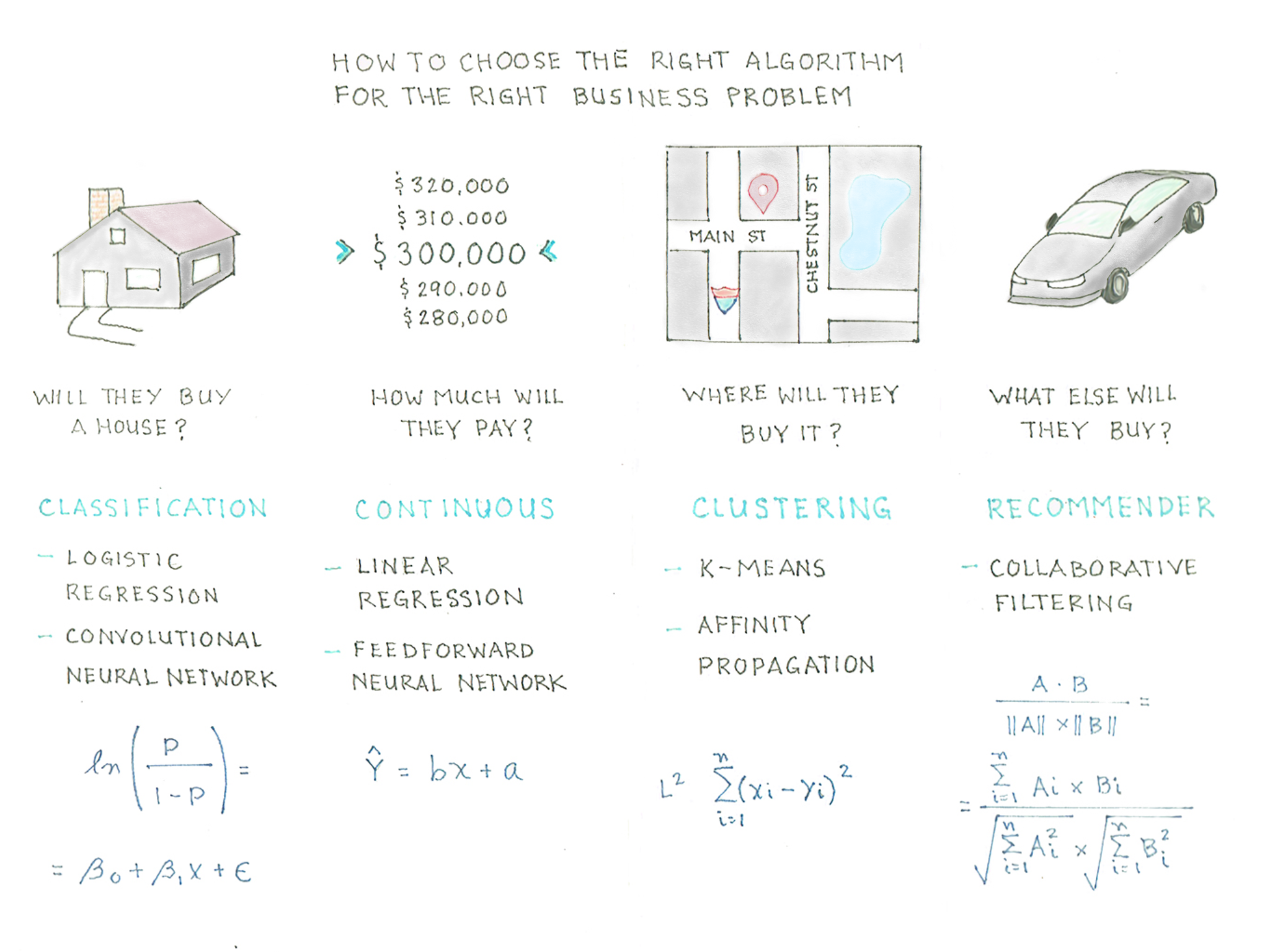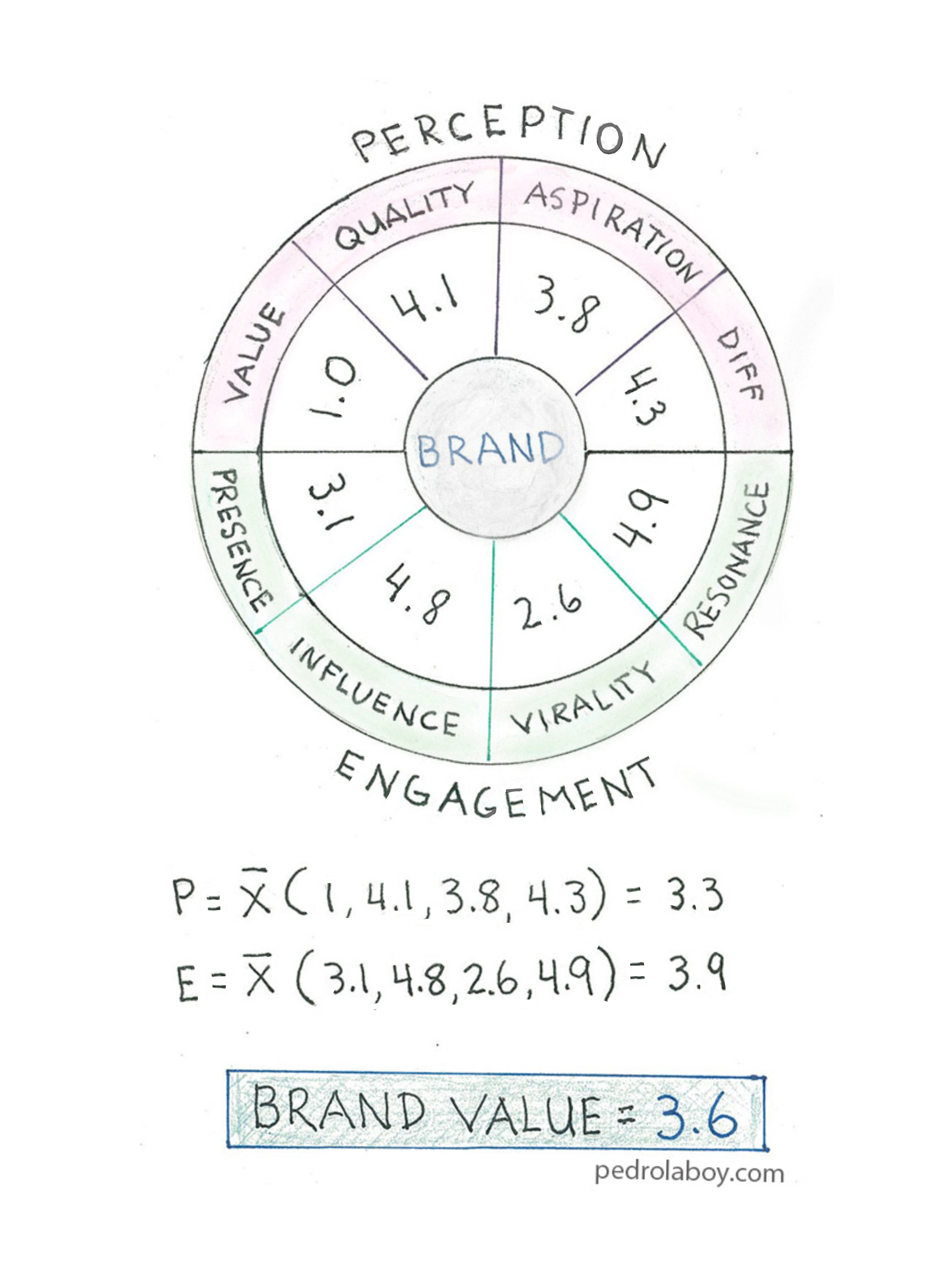There are countless algorithms we can used to mathematically predict an outcome to a business challenge. However, the most widely used algorithms will fall into four categories: classification, continuous, clustering and recommendation.
Let’s use a real life example to illustrate how we choose the right algorithm to solve the right problem. For illustration purposes we are making a number of assumptions to keep things simple for the non-analyst.
Let’s say that a realtor is trying to answer the following questions:
- Will a couple buy a house? Here we are looking for a categorical answer of Yes or No. For this we would use some kind of Classification algorithm, which could include: Logistic Regression, Decision Trees or Convolutional Neural Network
- How much will they pay of the house? For this question we would use Continuous estimation as we trying to determine the value in a sequence. Is this case, one would likely use a Linear Regression algorithm.
- Where will the buy the house? Clustering would be the best approach to determine where they are likely to buy a house. K-means and Affinity
- If they buy a house, what else will they buy? Recommender System Algorithms are commonly used to determine next best offer or next best action. The most commonly used Recommender algorithm is Collaborative Filtering: either user-to-user or item-to-item.


